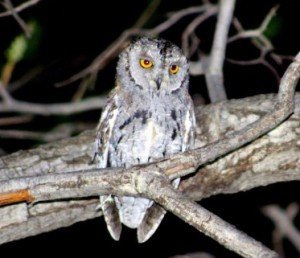Habana arrows in on tech solution for sportspeople 0
Blistering pace and a keen nose for the tryline meant Bryan Habana was like an arrow zeroing in on its target when it came to try-scoring and the Springbok wing holds the records for the World Cup, Tri-Nations/Rugby Championship, the Springboks and for South Africans in SuperRugby. It is heartening to see the 36-year-old show the same acumen now that he has retired and is in the business world.
A graduate of the Toulouse business school, Habana is now the co-founder of Retroviral, a digital sports marketing agency with a strong emphasis on tech. It’s a career move which probably has its roots back in the early 2000s when he signed up for a BSc IT degree at the then Rand Afrikaans University. But then rugby got in the way.
The Covid-19 pandemic has drastically affected everyone’s lifestyles and is likely to force structural adjustments to the economy of just about everything. Sport has been especially hard hit with the global sports industry now projected to face losses of $62 billion.
The Lockdown has also provided much food for thought for entrepreneurs and, typical of the sharp minds of Habana, Mike Sharman and Ben Karpinski, the founders of Retroviral, they have come up with a great new idea that will assist the wellbeing of sportsmen and women as they look to navigate these tumultuous times.
MatchKit.co is a mobile tech platform that allows athletes to build their own website. And not those starchy looking ones that are never updated, have lots of photos that take forever to load and are low on substance.
Within five minutes, sports stars can build themselves a website that highlights their sponsors, automatically integrates into all the big social media channels and provides detailed stats of their engagements on those platforms, has a plug-and-play, secure e-commerce store that will enable them to sell anything from branded merchandise to video or audio shoutouts, and a portal that will enable people to donate to their foundation or favourite charity.
It has often proven a stiff task for sportspeople to promote themselves better, they tend to forget certain sponsors or, in many cases, not even have an Online presence. MatchKit.co certainly appears to be able to overcome these problems.
“I’m extremely excited, MatchKit will add tangible value to athletes and allow them to easily commercialise their brands around the world. I know I was all over the place after our 2007 World Cup win, but MatchKit now allows the athlete to control their commercial rights, it empowers them, while showcasing their sponsors.
“It came about after bouncing ideas off a South African venture capitalist who’s now in the United States and it has a simple set-up. You look at sportspeople Online and not even 10-15% will have their agent’s details there. What if corporates want to engage with them? What happens if they change their agent?” Habana said at the launch this week.
●●●●●●●
The great news to come out of the cricketing world in the last week is that the West Indies tour of England looks set to go ahead with the Caribbean squad arriving on Tuesday to quarantine ahead of a three-Test series that will start on July 8. The matches will be played behind closed doors in a bio-secure environment, with the first Test being held in Southampton, followed by two matches at Old Trafford, starting on July 16 and July 24 respectively.
That means the series will end on July 28. South Africa were scheduled to have played their first Test in the West Indies from July 23-27, with the second meant to start on July 31. With a lucrative T20 series against India lined up for the end of August, it now seems likely the Proteas will only meet the West Indians in September and there is still no clarity on whether that series will take place in the Caribbean or in South Africa, or even be moved to a neutral venue like England. The tour of the West Indies was originally meant to be of just over a month’s duration, so it doesn’t look possible to cram in the two Tests and five T20s that were meant to be played even if the Men in Maroon plant themselves in the UK and the Proteas fly over there and quarantine in the second half of July.

